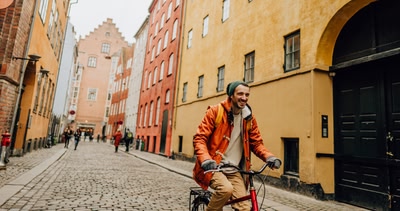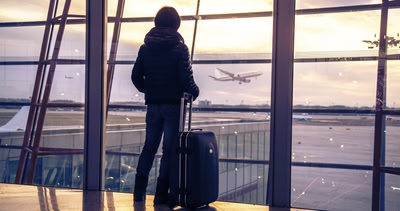Mauritius holidays
The bleached sandy beaches and turquoise lagoons of this African island are the stuff of screensavers. But venture beyond its picturesque coastline and a holiday to Mauritius reveals colonial towns and untouched landscapes where mountains rise above forests and sugar plantations. Throw in an innovative food scene and a warm welcome, and you’ve got nothing short of a tropical paradise.
Top destinations in Mauritius
Mauritius: fast facts
Language
English, French
Currency
Mauritian rupee (Rs)
Time Zone
UTC+4
Mauritius holiday highlights
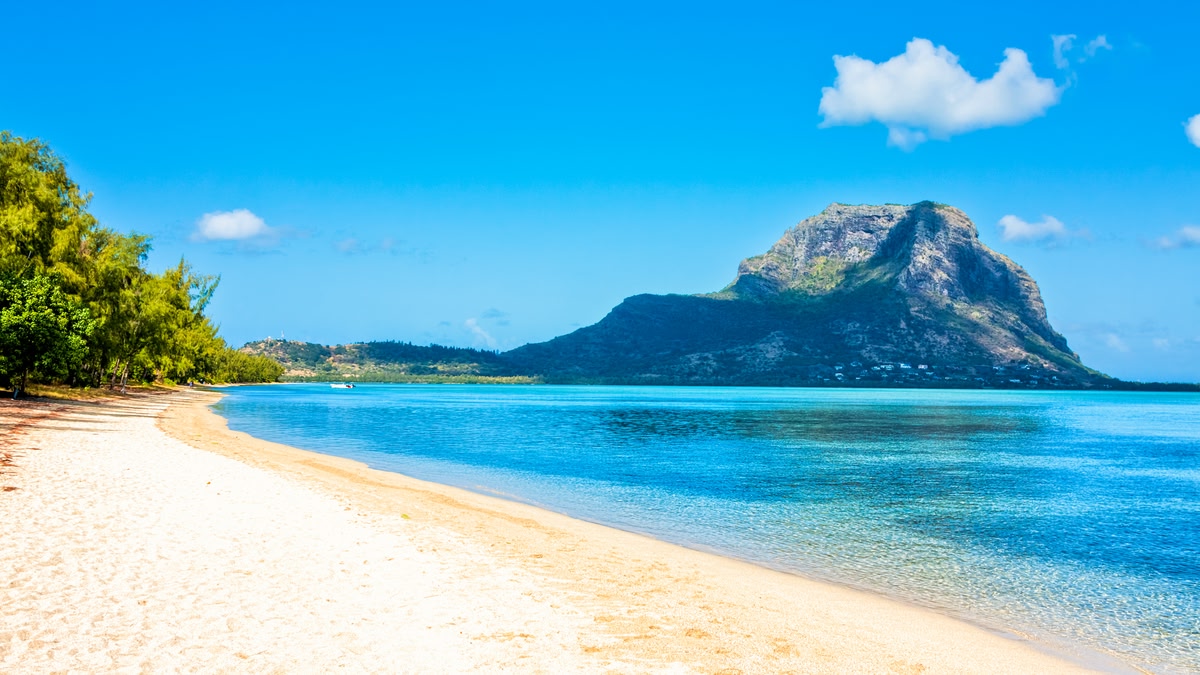
Learn the local dance
Dating back to colonial times, Sega is a national dance that embodies the spirit of Mauritians. You’ll likely see it performed at beach bonfires, cultural festivals and some of the better hotels and restaurants on the island. It’s easy to recognise, characterised by expressive hip swaying and up-tempo music, traditionally played on instruments like the ‘ravanne’ (frame drum) and ‘maravanne’ (rattle).
Spot sea life
The waters off Mauritius are home to roughly 1,600 marine species. Spot angelfish and damselfish while snorkelling at Blue Bay Marine Park. Or dive to find reef sharks at Shark Cathedral and stonefish around the Djabeda Wreck. Seeing the colourful sea life on a submarine tour or underwater walk is among the most thrilling things to do in Mauritius.
Visit a market
Visit the hawker stands at Port Louis Central Market for a glimpse into local life. You’ll find everything from tropical fruits and spices to handicrafts and Chinese herbs at this busy daily bazaar. Haggling is part of the culture here, so give it a try. And don’t miss the snack stands selling samosas and cups of ‘alouda’ (milk with agar jelly and basil seeds).
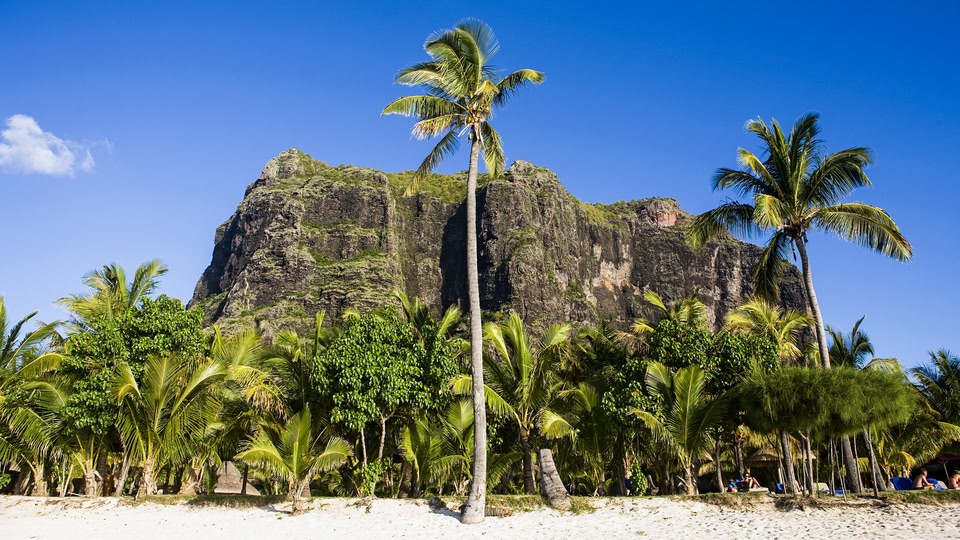

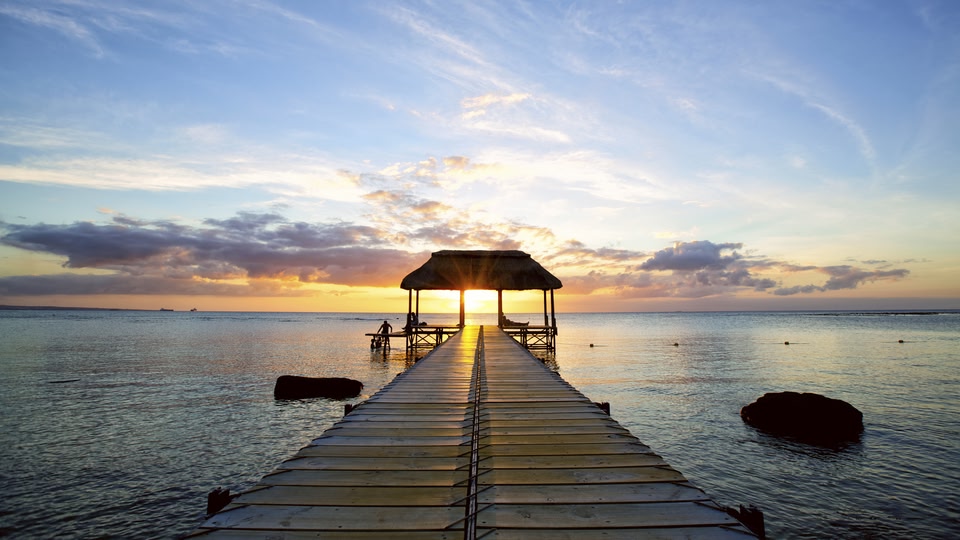
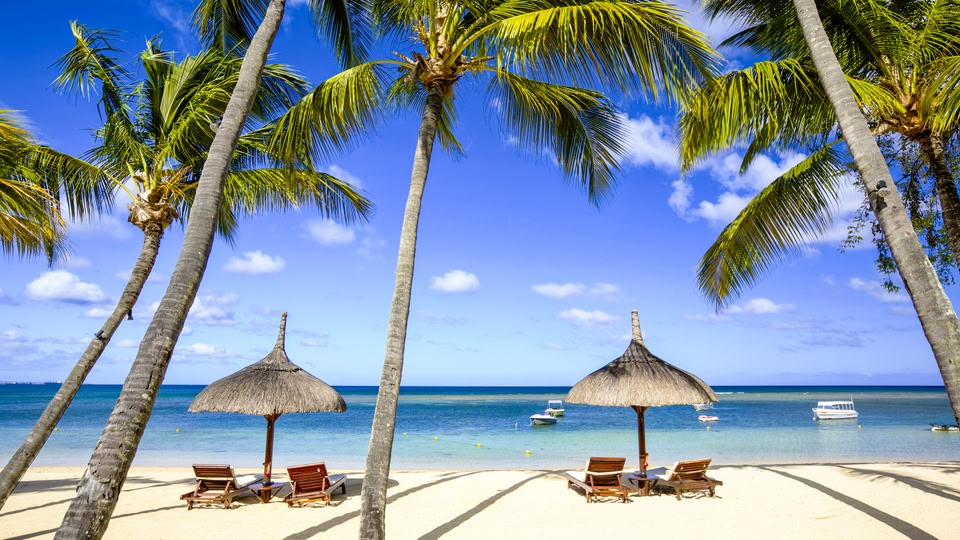


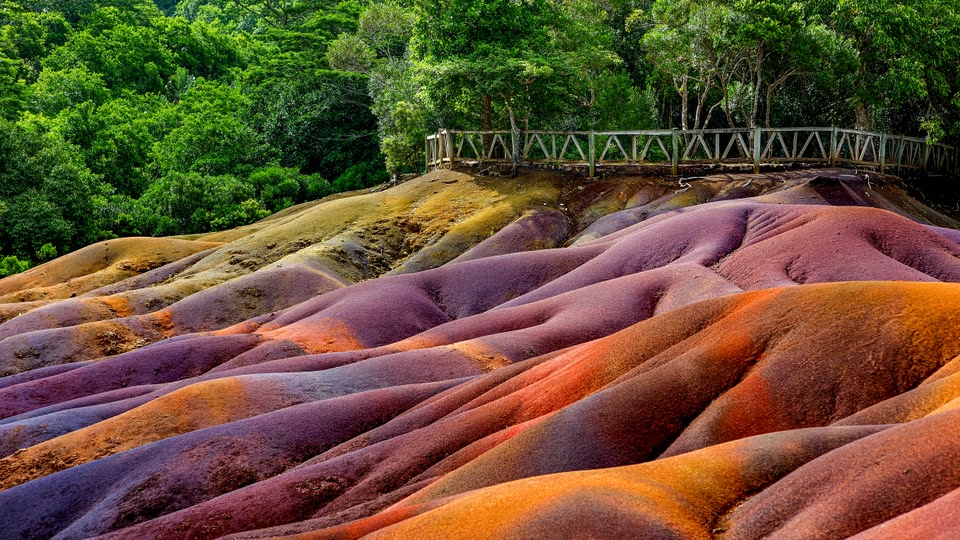
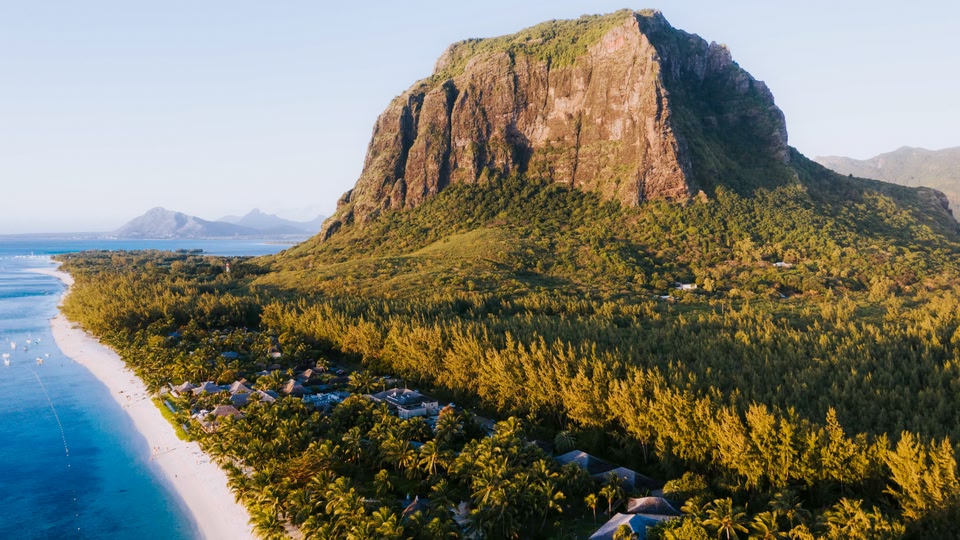
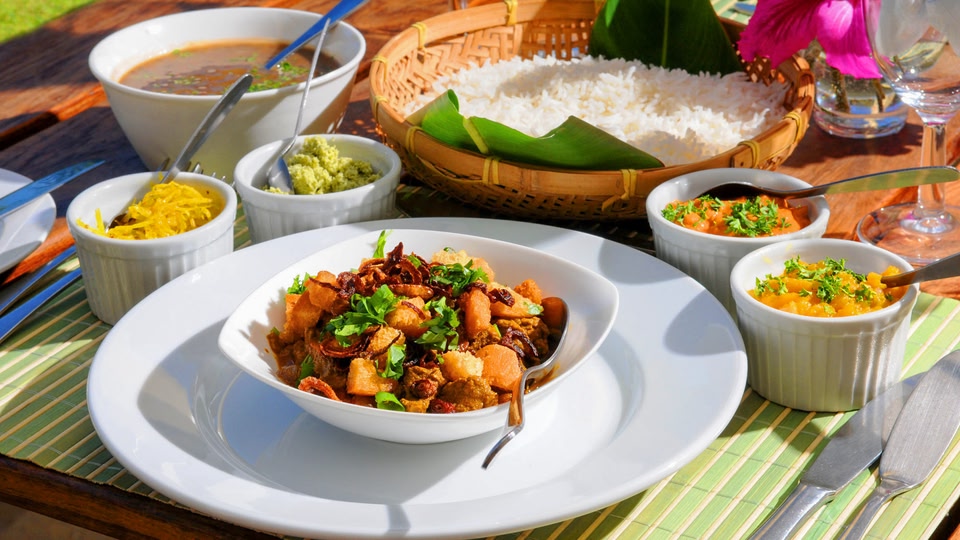
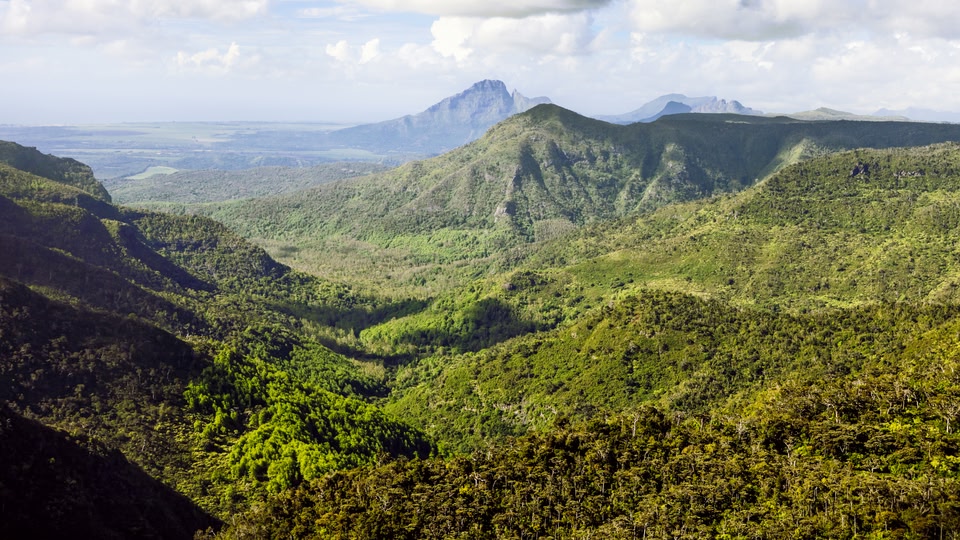
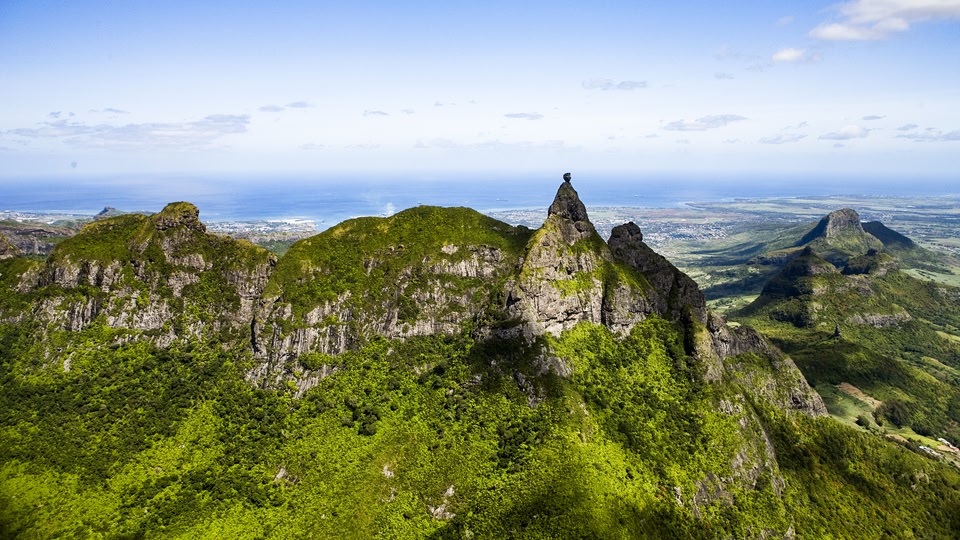
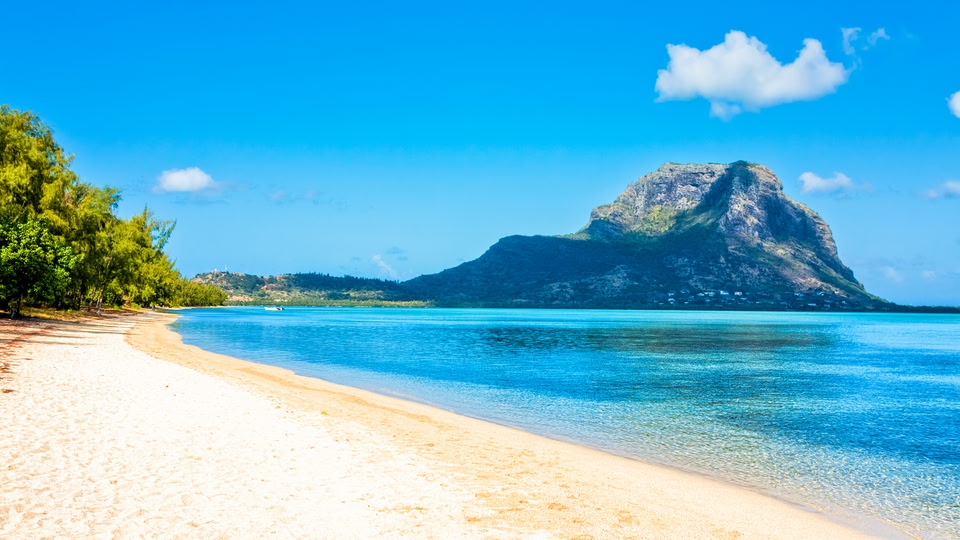
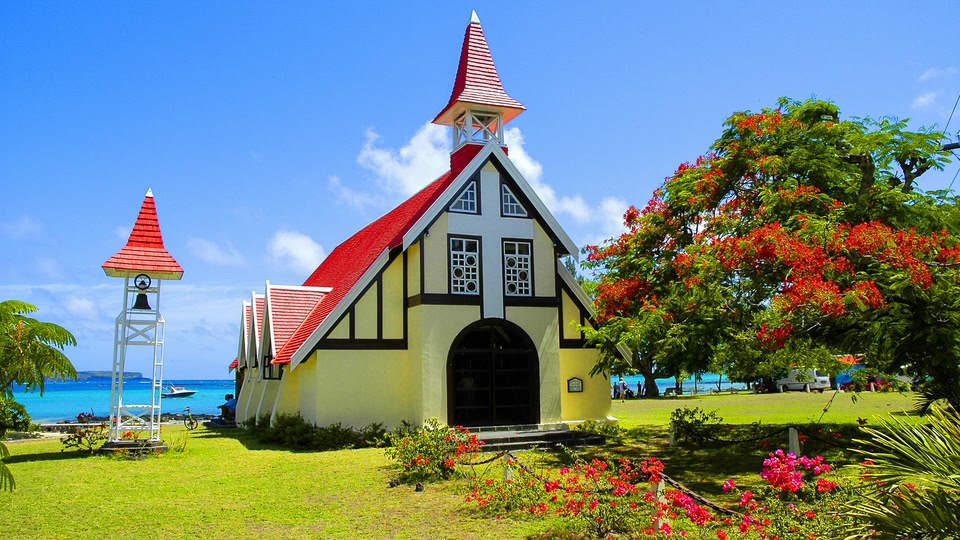
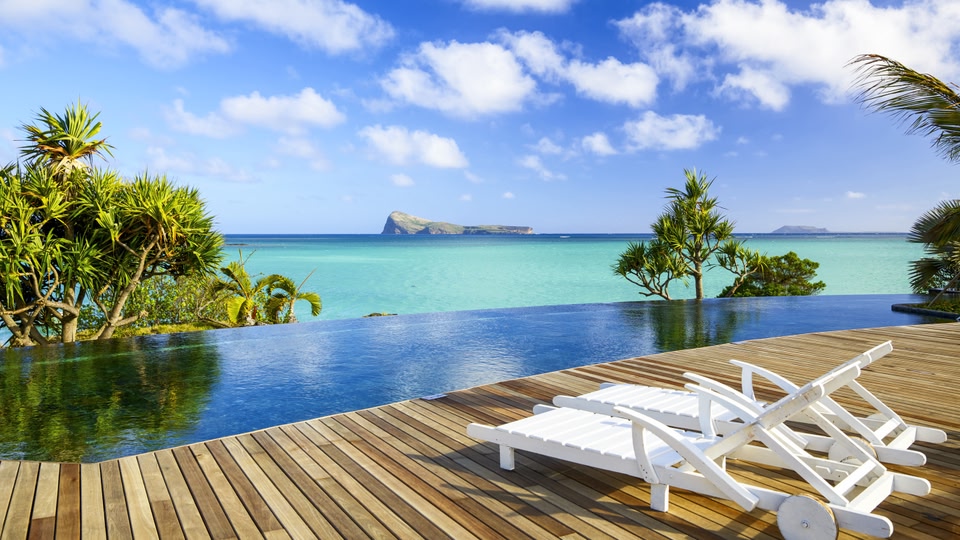
Things to do in Mauritius
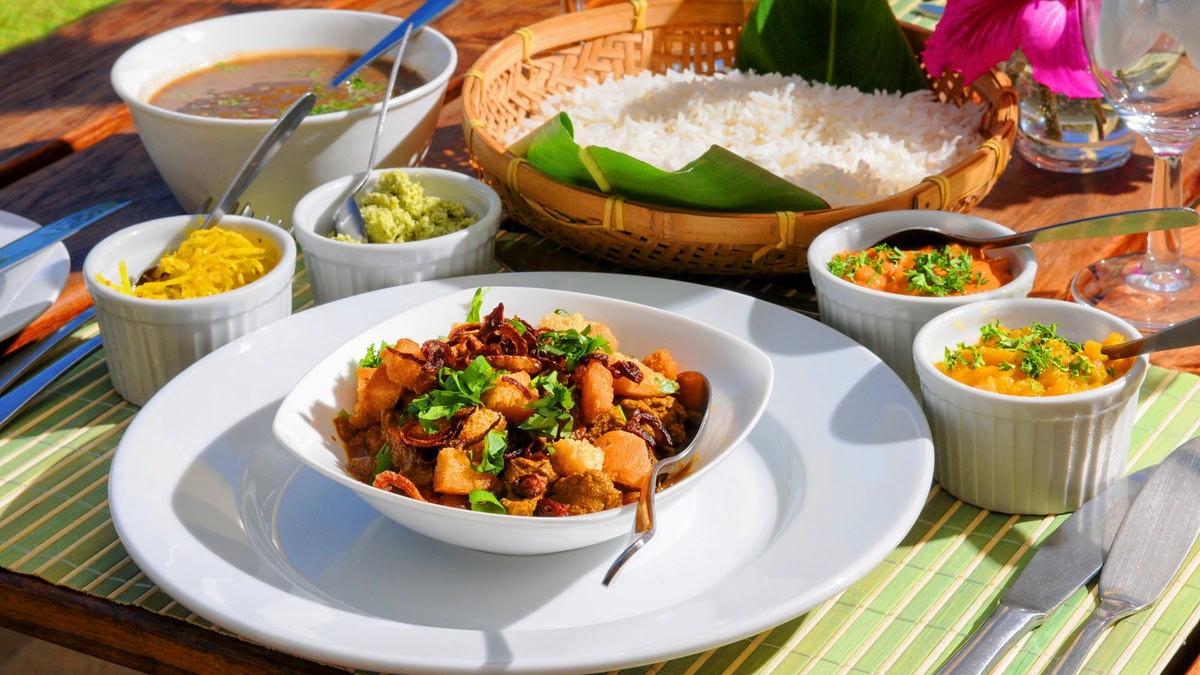
Top attractions
Off the country’s east coast, Île aux Cerfs is a paradise of beaches, water sports and world-class golf. Take a sunrise hike up the UNESCO-listed Le Morne Brabant or relax along its dramatic coastline. In the Rivière Noire District, Chamarel Seven Coloured Earth Geopark boasts rainbow-hued sand dunes. Shaped by volcanic ash, they tell the story of Mauritius’ geological history.
Beaches
There are amazing beaches in Mauritius everywhere you look. At the foot of Le Morne Brabant Mountain, Le Morne beach has pool-like waters and is popular with kitesurfers and windsurfers. Flic en Flac is known for snorkelling, accessible dive sites, street food and luxury resorts. Go surfing at Tamarin Beach, or catch a boat to the white-sand bays of Île aux Cerfs.
Nature
Mauritius has loads of natural attractions to explore, including sugarcane fields, tropical forests and volcanic mountains. See the eerie tie-dye-like sand dunes at Chamarel Seven Coloured Earth Geopark and the giant lilies at Pamplemousses Botanical Garden. Spot flying foxes and exotic birds on a hike through Black River Gorges National Park and endangered Mauritian kestrels amid the ancient forest of La Vallée de Ferney.
Culture and museums
Port Louis claims some of the most well-known museums in Mauritius. The Blue Penny Museum celebrates Mauritian heritage with art, coins and stamps, while the Natural History Museum dedicates an entire wing to Mauritius’ most famous bird, the dodo. See where almost half a million indentured labourers arrived at Aapravasi Ghat. Or witness Hindu rituals at Maheshwarnath Mandir and the temples around Grand Bassin crater lake.
Cuisine
Mauritian cuisine is a melting pot of African, Chinese, Indian and European flavours. Fragrant biryani curries and Creole-style ‘rougaille’ (spicy tomato-based stew) are a must. As well as having some of the top restaurants in Mauritius, Port Louis and Mahebourg are famous for their street food. Look for ‘dholl puri’ (flatbread stuffed with yellow split peas) and ‘gateau piment’ (chilli fritters).
Family friendly
Set inside an old factory in Pamplemousses, L'Aventure du Sucre brings the island’s sugar cane history to life with interactive exhibits, food tastings and cane-cutting activities. Kids love seeing exotic sea critters on a glass-bottom boat tour around Blue Bay Marine Park. Spot monkeys and swim in creeks on a forest hike to Plateau Resmousse in Black River Gorges National Park.
Find the best time to visit Mauritius
Weather in Mauritius
May – October: Winter marks the dry season when the heat and humidity drop. Winds pick up along the coast and are strongest in July and August. This is the best time to visit Mauritius for kitesurfing, especially around the beaches of Le Morne. Temperatures start to rise again in October, the driest month of the year.
November – April: Mauritius’ summer brings long, sunny days with temperatures often exceeding 30°C. January and February are the hottest months, with February also being the wettest. While heavy, short-lived downpours are common in the central plateau and east coast, the west and north coasts typically stay drier.
Events in Mauritius
Mauritius National Day (March): Mauritius celebrates its independence with flag-waving ceremonies, parades and traditional music and dance. Families gather across the island to honour the nation’s cultural heritage and connection with nature.
Mama Jazz Festival (April): Based in Port Louis, this month-long celebration of jazz and experimental music welcomes local and global artists for a series of indoor and open-air concerts. Events traditionally end on 30 April, International Jazz Day.
International Kreol Festival (December): Creole culture takes centre stage at this popular festival. Embrace Creole colours, flavours and sounds at island-wide events held at various locations, including beaches, museums and public squares.
Know before you go
Getting around Mauritius
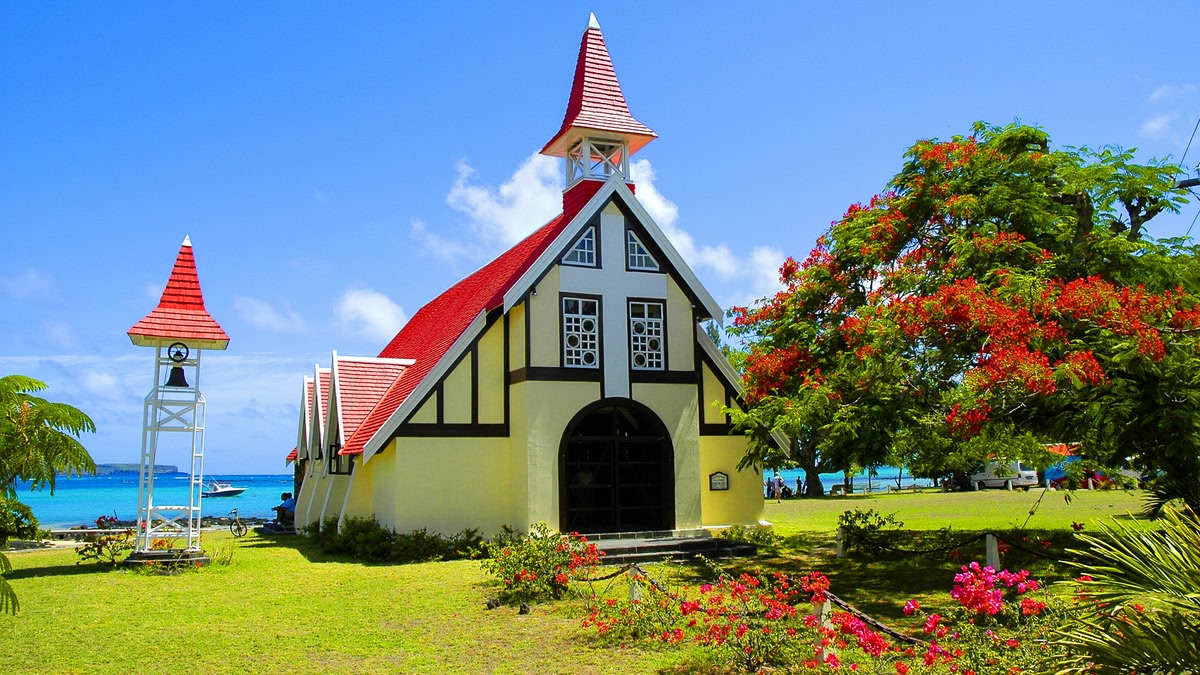
Public transportation
Buses: United Bus Services and National Transport Corporation (known locally as the Blue Bus) are the main operators on the island. Express services are more expensive and less frequent but offer air-conditioned buses.
Trains: Metro Express is a light rail transit system with 20 stations between Port Louis and Curepipe, with departures every ten minutes. You can buy single-use tickets and prepaid MECards at station ticketing machines.
Boats: Access Île aux Cerfs via shuttle boats departing regularly between Pointe Maurice and Masala Jetty. Fishing boats also connect the coastal villages of Case Noyale and La Gaulette with Île aux Bénitiers.
Domestic flights
This tiny country rarely calls for domestic air travel. One exception is a 90-minute flight to the volcanic island of Rodrigues. Operated by Air Mauritius, it connects Sir Seewoosagur Ramgoolam International Airport, in Plaine Magnien, with Plaine Corail Airport.
Driving
Driving in Mauritius gives you maximum flexibility and the chance to move at your own pace. Cars drive on the left, and road signs are in English. The M1 is the island’s main highway, linking Port Louis to the airport. For a scenic road trip, follow the B9 along the southwestern coastline.
